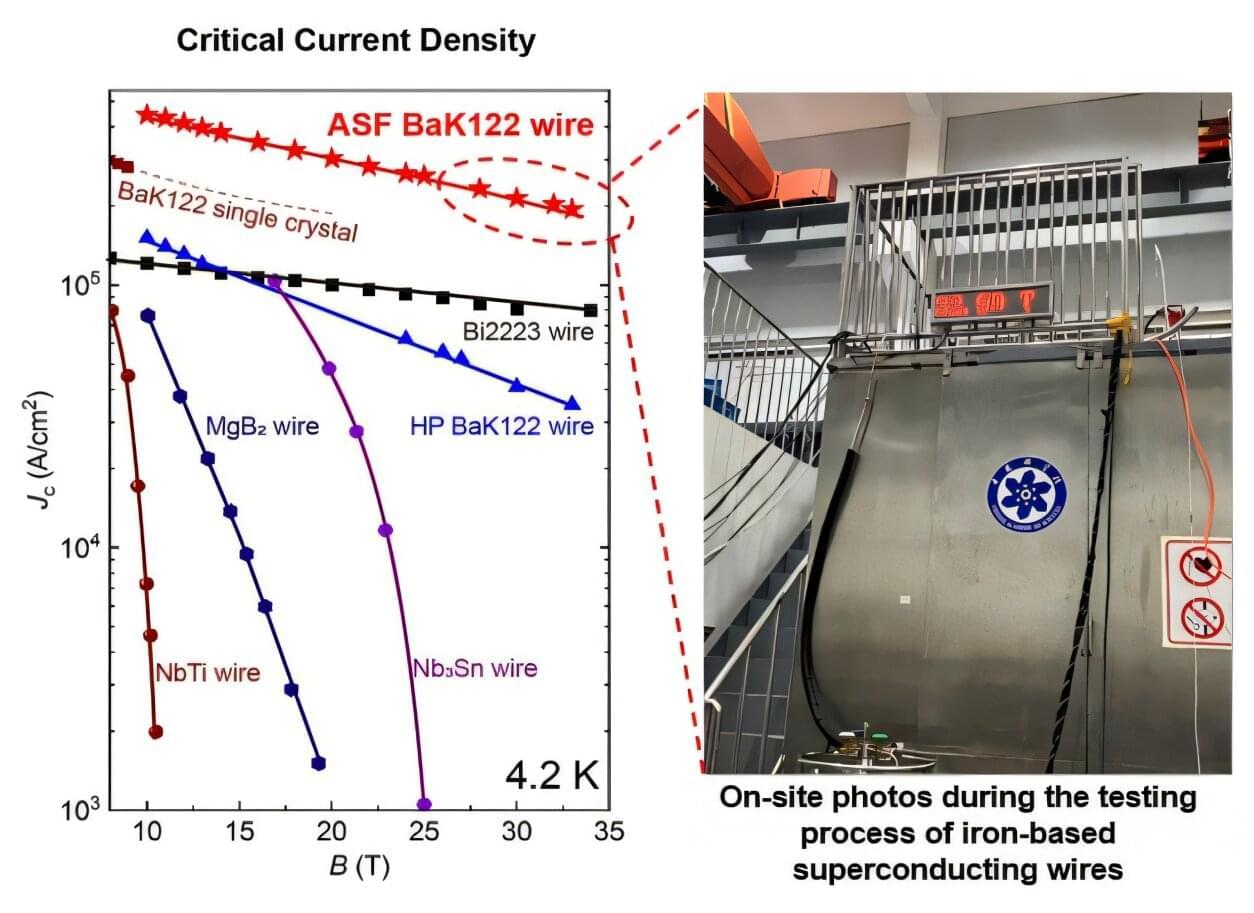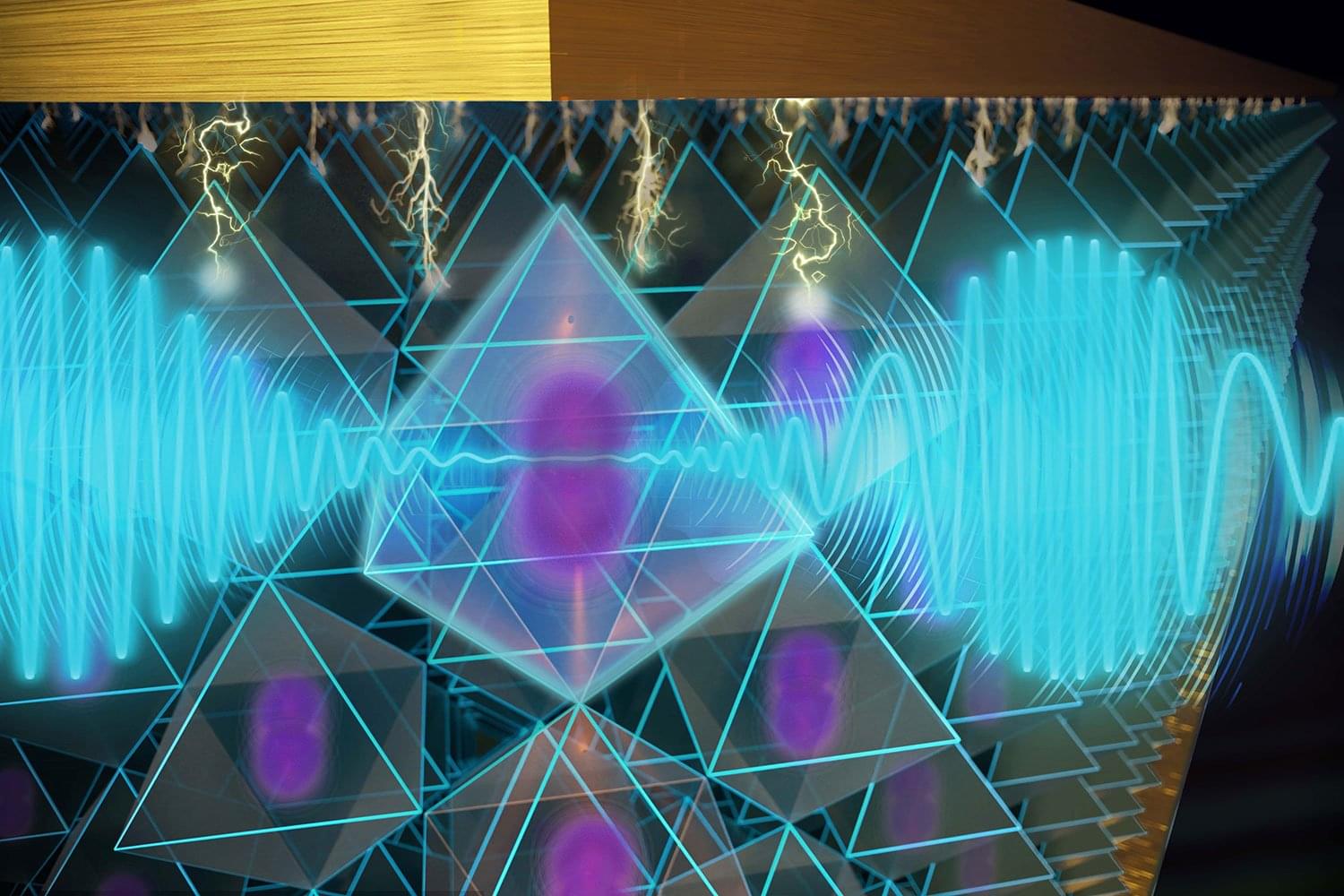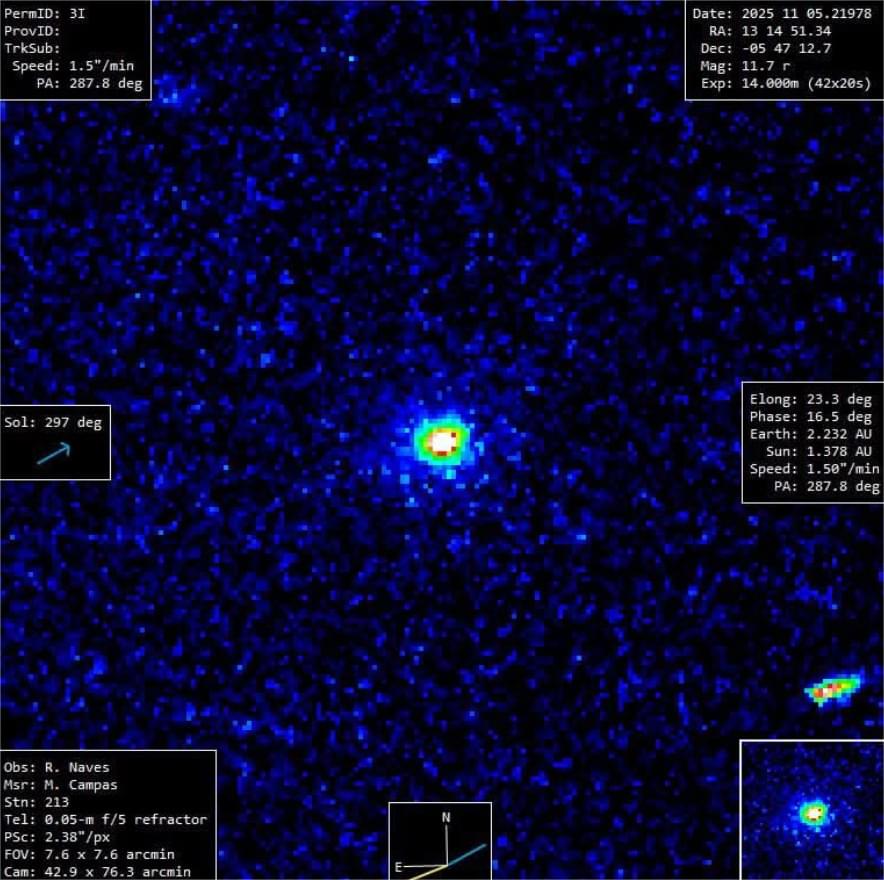A collaborative research team led by Prof. Ma Yanwei from the Institute of Electrical Engineering (IEE) of the Chinese Academy of Sciences (CAS), has shattered records in the current-carrying performance of iron-based superconducting wires.
Their breakthrough, enabled by a novel strategy to engineer high-density flux pinning centers via an asymmetric stress field, is published in Advanced Materials.
The Steady High Magnetic Field Facility (CHMFL), the Hefei Institutes of Physical Science of CAS, played a pivotal role in this achievement, with its water-cooled magnet WM5 providing critical experimental support for validating the wires.









